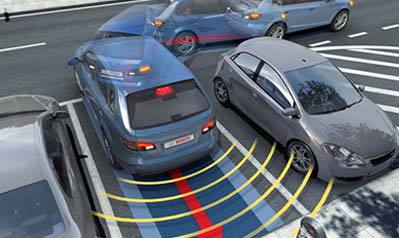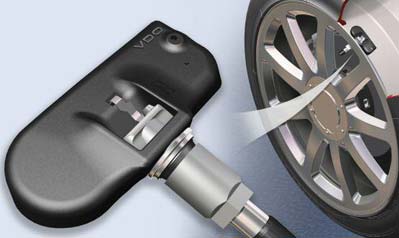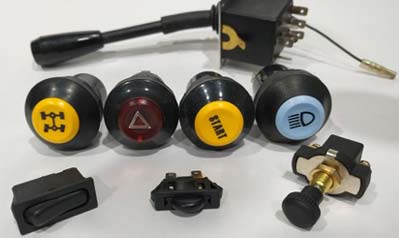Welcome to May Auto Parts Manufacturing & Supplying (MAPMS)
Welcome to May Auto Parts Manufacturing & Supplying (MAPMS)
A faulty ignition switch can prevent your car from starting or cause electrical issues. This guide details signs of failure, like difficulty starting or stalling, and provides a step-by-step process to replace it using MAPMS’s high-quality ignition switches for lasting performance.
The ignition switch is a critical car ignition component that initiates the engine’s start-up process. A faulty switch can prevent your car from starting or cause electrical issues. This guide provides a step-by-step process for replacing your ignition switch, using quality parts from MAPMS.
Difficulty Starting: The engine may not crank or start intermittently, indicating a malfunctioning switch.
Electrical Issues: Accessories like lights or radio may not function properly due to inconsistent power delivery.
Stalling: The engine may shut off unexpectedly, posing safety risks during driving.
Safety First: Disconnect the battery and work on a cool engine to prevent electrical shocks or burns.
Locate the Ignition Switch: Typically found near the steering column, often accessible after removing the dashboard cover.
Remove the Old Switch: Disconnect wiring and remove mounting screws to detach the faulty switch.
Install the New Switch: Secure the new switch and reconnect wiring, ensuring proper alignment.
Test the System: Reconnect the battery and start the engine to verify functionality.
MAPMS offers high-quality ignition switches compatible with various vehicle models. Our switches, paired with durable rubber boots made from premium silicone, ensure reliable performance under high voltage and temperature conditions. Manufactured in IATF16949-certified facilities, MAPMS ignition switches are trusted car ignition parts.
Replacing a faulty ignition switch can restore your vehicle’s functionality. Using high-quality parts from MAPMS ensures long-lasting performance. Follow this guide to keep your car ignition system in top shape.
[1]. Stevenson, R., Palma, R., Yang, C., Park, S., et al. (2007). "Comprehensive Modeling of Automotive Ignition Systems." SAE Technical Paper 2007-01-1589. doi:10.4271/2007-01-1589
[2]. Pundir, B. P. (2006). "Design and Materials for Long-Life Spark Plugs." SAE Technical Paper 2006-01-0617. doi:10.4271/2006-01-0617
[3]. DENSO. (2021). "Back to Basics: How an Ignition Coil Works." Retrieved from https://www.denso-am.eu/news/deneur21_04_ignition-coil-basic-principles
Popular Automotive Spare Parts
 The In-Line Integrated Led Headlights
READ MORE >
The In-Line Integrated Led Headlights
READ MORE >
 New Arrival Schrader Tire Pressure Monitoring Sensor TP3040001 1353621330
READ MORE >
New Arrival Schrader Tire Pressure Monitoring Sensor TP3040001 1353621330
READ MORE >
 How to Determine if the Starting Motor Is Bad?
READ MORE >
How to Determine if the Starting Motor Is Bad?
READ MORE >


